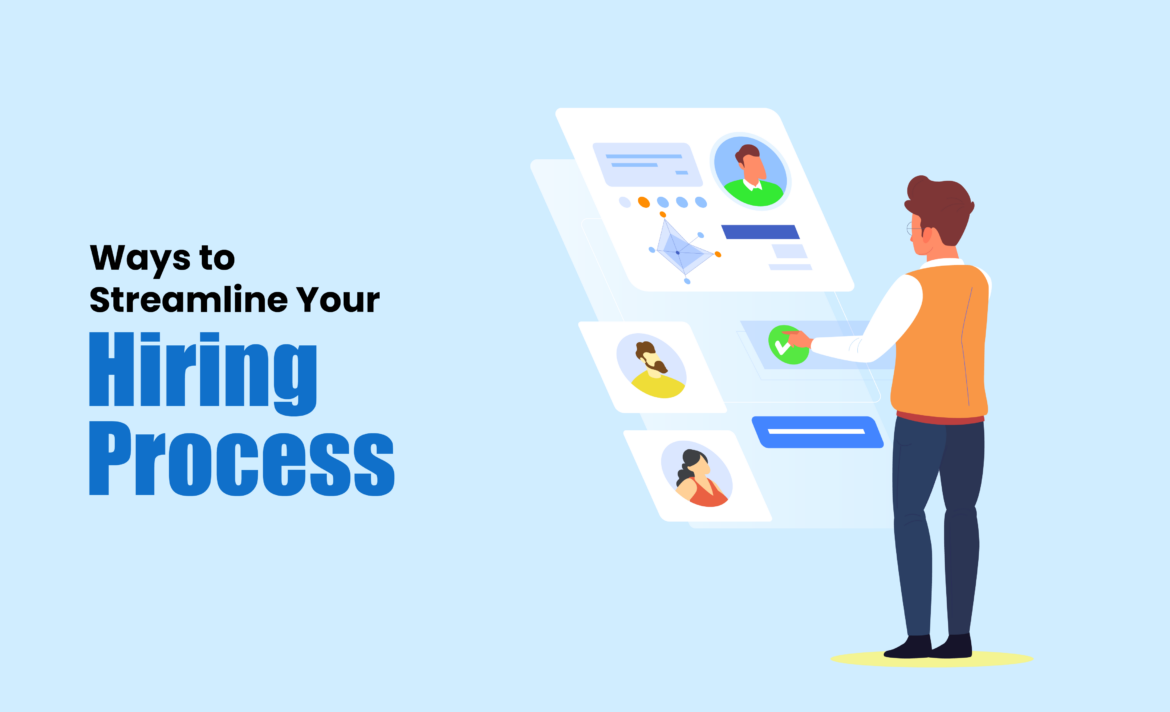Hiring the right talent is crucial for the success of any organization, but the process can be time-consuming and resource intensive. In fact, the average time-to-hire for U.S. companies is 36 days, according to a recent study by the Society for Human Resource Management. However, by leveraging recruitment software, companies can streamline their hiring process and improve efficiency.
Recruitment software, such as applicant tracking systems (ATS) and candidate relationship management (CRM) tools, can automate various aspects of the hiring process, from job posting to candidate screening. In doing so, these solutions can reduce the time-to-hire by up to 16%, as reported by a survey conducted by the Talent Board. Moreover, the use of recruitment software can improve the quality of hires, as it enables companies to better identify and evaluate candidates based on their qualifications and suitability for the role.
By adopting recruitment software, organizations can save time, reduce costs, and enhance the overall effectiveness of their hiring efforts, ultimately contributing to their long-term success.
10 Ways Recruitment Software Boosts Efficiency
- Seamless interaction with candidates
Tools like AI-powered Clariti can help recruiters maintain seamless interaction with clients through various channels in one context-based conversation. For example, a recruiter can use Clariti to manage all communication with a client – from initial job requirements to candidate shortlisting, interview scheduling and offer discussions – in a single, interconnected thread, providing a comprehensive view of the entire process. While Clariti is not a full-fledged HR software, it can assist recruiters in maintaining all candidates’ information in one place, streamlining the hiring process and improving communication efficiency.
- Automated Job Postings
Recruitment software allows companies to post job openings on multiple job boards and platforms with a single click, saving time and ensuring wider reach for their job ads. For instance, a recruiter can use the job posting feature of their recruitment software to simultaneously publish a new opening on their company website, LinkedIn, and other job portals, rather than having to manually post on each platform.
- Candidate Screening
Recruitment software often includes features like resume parsing, skills assessment, and automated candidate screening, which can help identify the most qualified applicants quickly and efficiently. A use case would be a recruiter using the resume parsing and skills assessment tools in their recruitment software to automatically screen hundreds of applicants, flagging the top candidates who meet the job requirements for further evaluation.
- Applicant Tracking
An Applicant Tracking System (ATS) helps recruiters manage the entire hiring pipeline, from job applications to interview scheduling and offer management, in a centralized platform, reducing the risk of losing track of candidates. For example, a recruiter can use an ATS to track the status of each applicant, schedule interviews, and manage the offer process, all within a single, integrated system.
- Personalized Candidate Experience
Recruitment software can help create a more personalized and engaging candidate experience, which can improve employer branding and attract top talent. For example, a recruiter can use the customization features of their recruitment software to tailor job postings, application forms, and communication templates to reflect the company’s brand and culture, making the hiring process more appealing to prospective candidates.
- Candidate Database
Recruitment software stores candidate profiles, resumes, and communication history, enabling recruiters to quickly access and reference this information when needed, rather than having to search through multiple sources. For instance, a recruiter can use the candidate database in their recruitment software to quickly pull up the profile of a strong candidate they had previously engaged with, and reach out to them about a new, relevant opening.
- Reporting and Analytics
Robust recruitment software provides detailed analytics and reporting capabilities, allowing companies to track key hiring metrics, such as time-to-hire, candidate source, and hiring success rates, to identify areas for improvement. A use case would be a talent acquisition manager using the reporting features of their recruitment software to analyze hiring data, spot trends, and make data-driven decisions to optimize their recruitment strategy.
- Automated Scheduling
Many recruitment software solutions include features for automated interview scheduling, reducing the administrative burden on recruiters and ensuring a smooth scheduling process for candidates. For example, a recruiter can use the automated scheduling tool in their recruitment software to coordinate interview times with both the hiring team and the candidate, sending out calendar invites and reminders to all parties.
- Onboarding Integration
Some recruitment software can integrate with new employee onboarding systems, streamlining the transition from the hiring process to the new hire’s first day and beyond. A use case could be an HR manager using their recruitment software’s onboarding integration to seamlessly pass candidate information to the onboarding system, ensuring a seamless transition for the new employee.
- Compliance and Regulatory Support
Recruitment software can help organizations maintain compliance with labor laws and regulations, such as record-keeping requirements, ensuring a consistent and compliant hiring process. For instance, a recruiter can use their recruitment software’s compliance features to properly document the hiring process, from job postings to interview notes and offer letters, to demonstrate adherence to relevant labor regulations.
Conclusion
As organizations navigate the evolving talent landscape, the adoption of recruitment software has become increasingly crucial for enhancing hiring efficiency and effectiveness. By leveraging the robust features and functionalities of these specialized tools, companies can streamline their hiring processes, reduce administrative burdens, and make more informed, data-driven decisions.
From automated job postings and candidate screening to applicant tracking and onboarding integration, recruitment software provides a comprehensive suite of solutions that can dramatically improve the overall hiring experience. Moreover, the use of AI-powered tools like Clariti can further enhance communication and collaboration between recruiters and clients, ensuring a seamless and context-rich interaction.
By embracing recruitment software, organizations can not only save time and resources but also attract and retain top talent, ultimately contributing to their long-term growth and success. As the hiring landscape continues to evolve, the strategic deployment of recruitment technology will be a key differentiator for organizations seeking to stay ahead of the curve.

